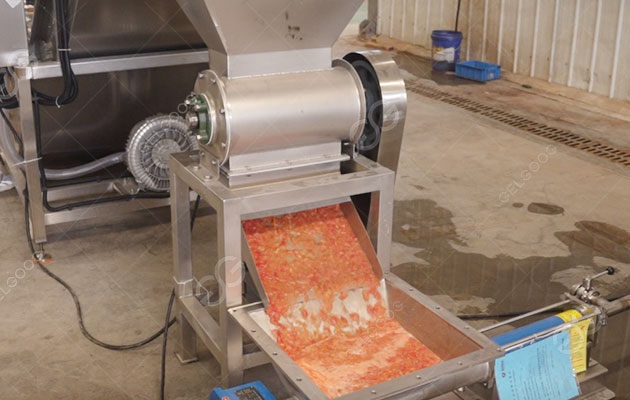How Tomato Puree is Made in a Factory
Tomato puree is a pantry staple, but have you ever wondered how it goes from a fresh, juicy tomato to the smooth, rich sauce in a can or jar? The process is a fascinating blend of agriculture and industrial food processing. It starts with carefully selected tomatoes and follows a precise sequence of steps to ensure a consistent, high-quality product. Let's break down the journey of a tomato from the field to a finished can of puree.
1. Harvesting and Sorting
The process begins in the field, where special mechanical harvesters pick tomatoes specifically bred for processing. These tomatoes are thicker-walled and less watery than those sold in supermarkets, making them ideal for puree. Once harvested, the tomatoes are transported to the factory in large trucks. Upon arrival, they undergo an initial sorting to remove any leaves, stems, or damaged fruit. A powerful blast of water helps to clean the tomatoes and remove any surface debris.
2. Washing and Crushing
Next, the tomatoes are thoroughly washed in a series of tanks to remove any remaining dirt. This step is crucial for food safety. After washing, the tomatoes are moved to a crusher. This machine breaks them down into a coarse pulp. The seeds, skins, and pulp are all mixed together at this stage.
3. Heating and Pulping
The crushed tomatoes are then heated to a specific temperature, typically around 180-200°F (82−93°C). This heat serves two important purposes: it inactivates the enzymes that would degrade the quality of the puree and it helps to soften the pulp, making it easier to process. This heated pulp is then fed into a tomato puree machine, a machine with fine screens that separates the pulp from the seeds and skins. The seeds and skins are discarded, while the liquid pulp moves on to the next stage.

4. Evaporation and Concentration
This is where the magic happens. The watery pulp from the previous step is not yet thick enough to be called puree. To achieve the desired consistency, the pulp is sent to a large vacuum evaporator. The evaporator gently heats the pulp under a vacuum, which lowers the boiling point of the water. This allows the water to evaporate quickly without overcooking the puree, preserving its fresh tomato flavor and vibrant red color. The pulp gradually thickens into a rich, concentrated puree. The final consistency is measured using a tool called a refractometer, which determines the Brix value, a measurement of the sugar content and thickness. Tomato puree typically has a Brix value of 8-24.
5. Final Processing and Packaging
Once the puree reaches the correct Brix value, it is heated one last time to a high temperature for a short period to sterilize it. This step, known as pasteurization, kills any remaining bacteria and ensures the product's shelf stability. The hot puree is then immediately filled into cans, jars, or other containers. The containers are sealed, cooled, and labeled. From there, they are packed into boxes and sent to grocery stores, ready to be used in countless delicious recipes around the world. The entire process is a seamless, automated journey, turning a simple tomato into a versatile culinary ingredient.
So, the next time you squeeze out that rich tomato puree, remember the journey: from sun-ripened fields, through high-tech cleaning and crushing, gentle vacuum concentration, and sterile packing – all designed to capture the essence of the tomato in a convenient, versatile form! It’s a blend of agriculture, engineering, and food science working together.










 E_mail
E_mail contact
contact Whatsapp
Whatsapp TOP
TOP